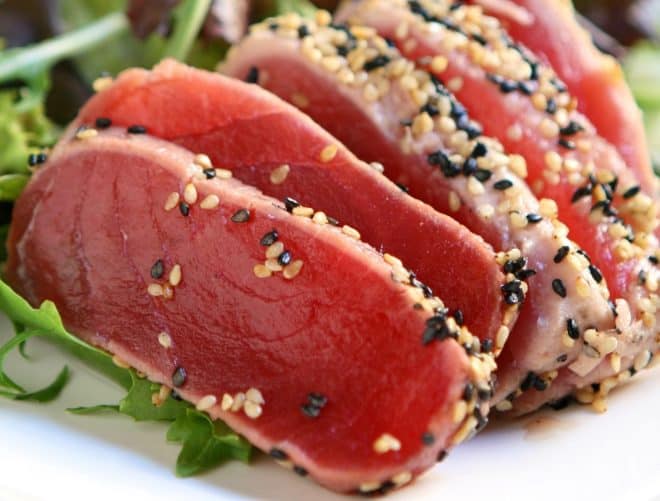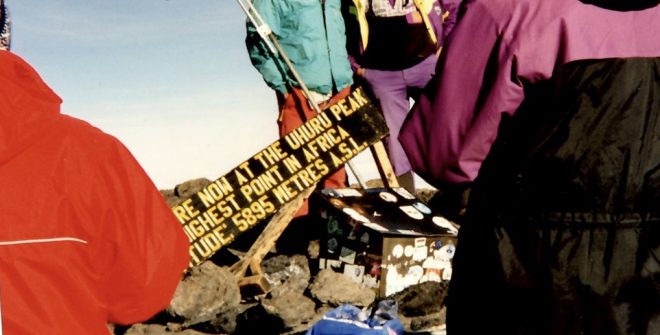The schooner trip had been marked not by the excitement of seeing dolphins, but by the understanding that the ocean really has been contaminated.
Educating members of the next generation to limit their consumption of fish is a sorrowful task, but one that I, as a father of two, have felt obligated to pursue.
Why sorrowful? Because after explaining that there is toxic mercury in fish, I have had to answer questions such as “Why?” This has led to further explanations that this pollutant is the direct result of the ever increasing demand for energy by humans. Our ingenuity and technology has poisoned the ocean. For our children, it’s just one more hazard they need to grow up in and face in the everchanging environment.
My kids know that mercury is bad for the body, but they don’t really understand why. Telling them that mercury can cause disorders of the nervous system is too abstract. So, I’ve just told them that eating fish with too much mercury can damage the brain, particularly those of children and in the unborn, who’s mothers eat too much fish. They have known for many years that the ocean’s fish are laden with mercury. For others though, the presence of mercury in fish is unacceptable. This became clear to us on an annual beach vacation.
We had just finished dinner at a beach front seafood restaurant and were waiting to take a sunset cruise amidst the dolphins off the Maryland coast. A local fisherman sat on the dock bench next to his wheel barrow, decapitating his catch. My children both stared in horror as the head of the beautiful fish dropped into the white 5 gallon bucket. The whitish pink flesh was exposed in the fisherman’s arms. Keeping my distance, I sensed my children’s excitement at their perceived independence. That’s when the #$%$ hit the fan.
“Ewww!!! I can see the mercury!”
My 8 year old son stared at the 3 foot long fish, feeling completely comfortable with his proclamation.
The fisherman shouted, “There’s no mercury in this fish!!”
My son just stared at him, frightened and confused.
The fisherman’s rant continued, “That’s the problem with this country, you environmentalists. You teach your children… blah, blah, blah.” The rest of his words faded into nothingness.
I walked over and carefully extricated my children from the hostile encounter.
At the de-briefing, I clarified that they were correct in knowing that there was mercury in that fish. But, they weren’t able to see it. People my age grew up with mercury thermometers and barometers. As my children have never actually seen mercury, perhaps my son thought the glistening cartilage within the fish’s frame was the toxic element. Who knows.
Mercury content is the main reason why we only eat a few, certain types of fish. We strive to eat varieties reported to have the lower mercury concentrations, such as salmon, tilapia, cod, and seafood. Although in the distant past, we used to enjoy family meals of sushi on Friday nights, my children are now limited to one 4 oz serving of fish a week.
Although the EPA set up guidelines to provide suggested maximum fish intake per week many years ago, it seems that most people still know nothing about these limits. Fish varieties that may contain the highest levels of mercury, among them swordfish and ahi tuna, are still sold in exclusive restaurants and expensive markets. Let’s be real. It’s not not like you are going to get a swordfish with less mercury if you pay more money for it.
The www.nrdc.org website has an excellent list of fish types and rates each variety by level of mercury concentration. Check it out before your next fish meal.


